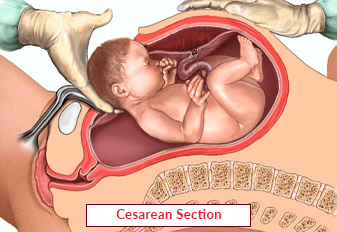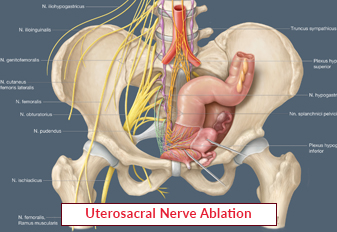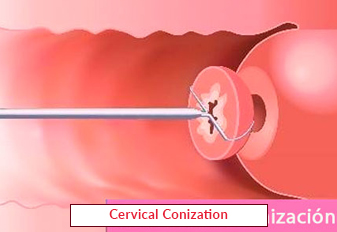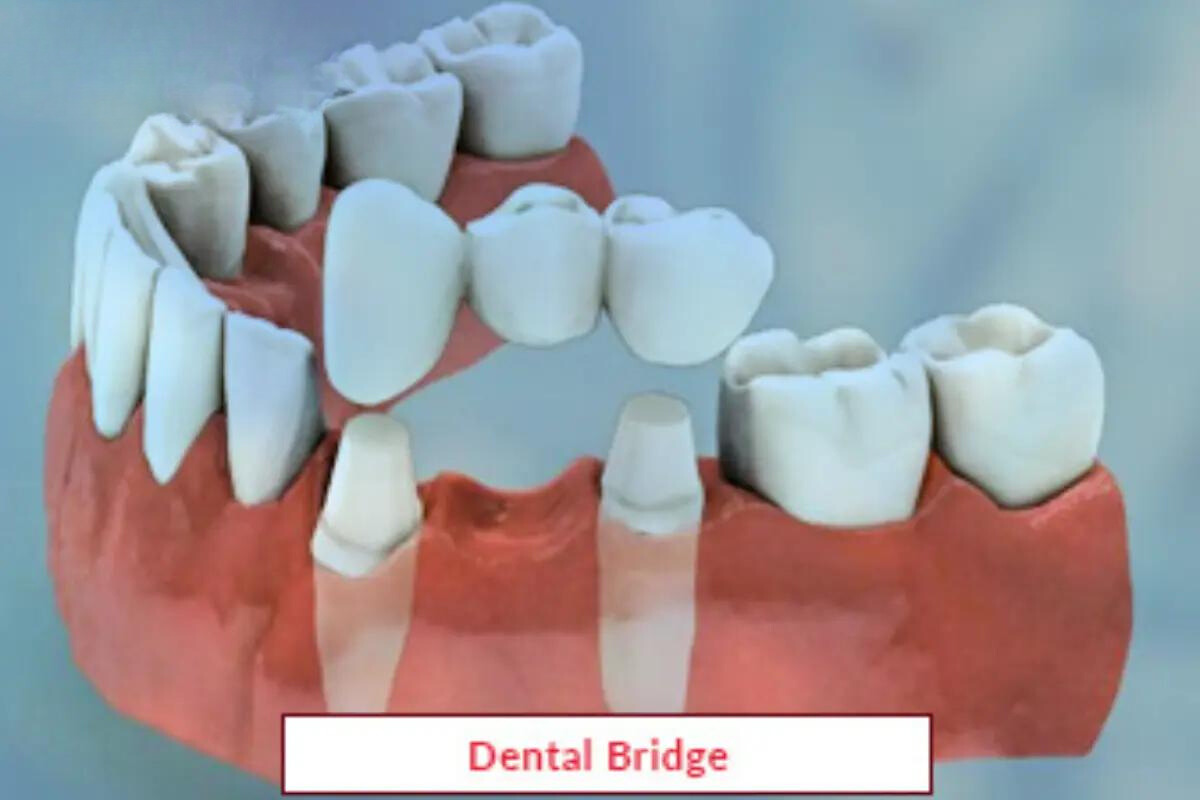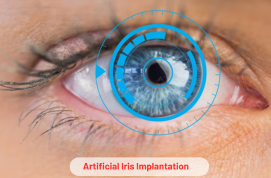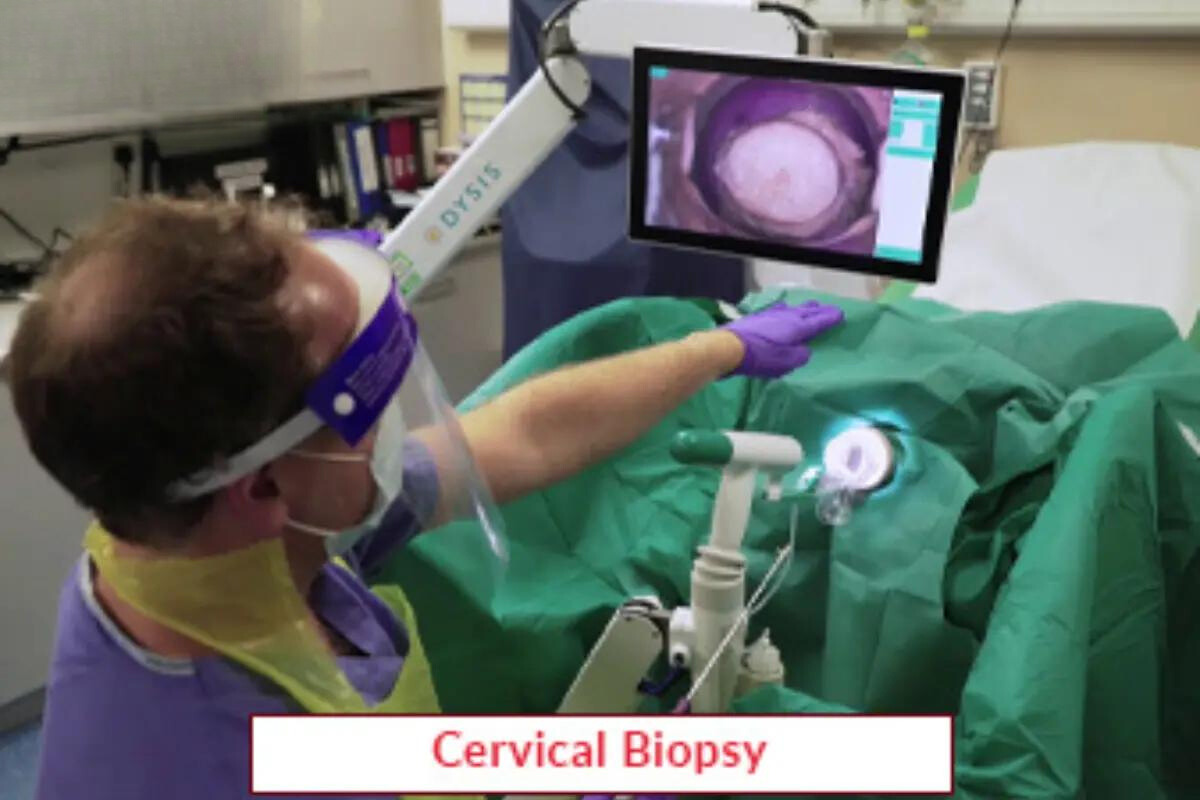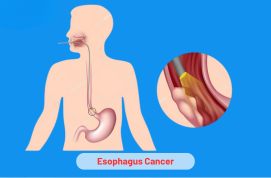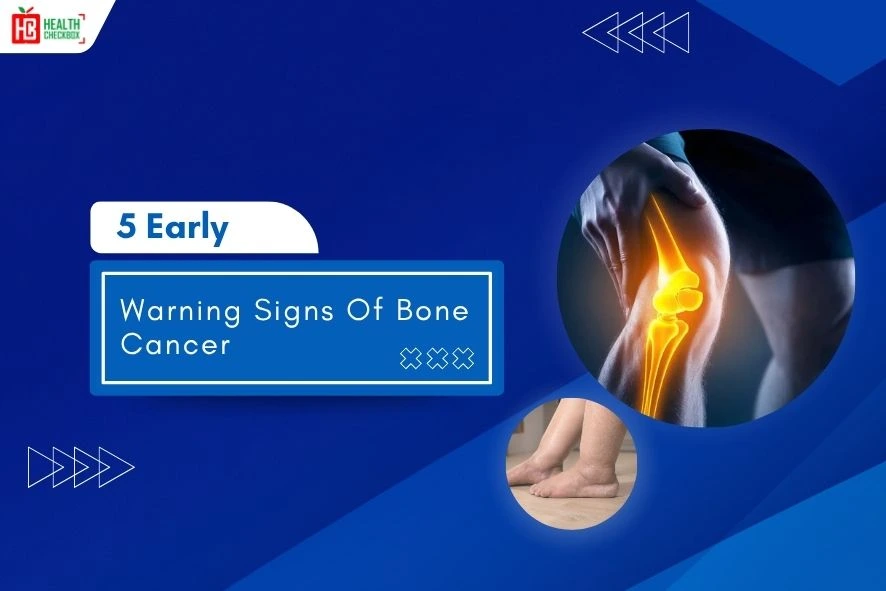C-section is a surgical procedure determined to safely deliver the baby. The procedure can be planned and could be performed on an emergency basis to save the life of the unborn and the mother. When a vaginal delivery can’t be possible due to risks and complications like over bleeding, acute pain, infection, pelvic organ prolapse etc. In this situation gynecologists opt for the cesarean section treatment on the patient.
This surgery is performed under the team of medical experts and the procedure is led by an experienced gynecologist, he/she carefully makes incisions or make cuts on the abdominal part to deliver the baby from the mother’s womb. Once the baby is out of the womb all incisions are stitched. Hence, cesarean section is a safe method to deliver a child. However, it may pose a few risks in rare cases for the mother.
Why is C-Section Delivery Needed?
C-section surgery is needed in several situations that are mentioned below:
- Abnormal Fetal Heart Rate: The normal heart rate of the fetus is measured at 120 to 160 beats per minute. If the doctors find an abnormal heartbeat, then they opt for a C-section delivery to save both lives.
- Problems with Labor: Sometimes mothers do not feel labor pain even at the completion of the nine months. When labor failed to progress, doctors decided to go for a C-section surgery.
- Size of the Fetus: When the healthcare provider sees the baby is large in size, which could not be possible to deliver through vagina. Then it leads to c-section delivery.
- Placenta Problems: Due to placenta problem the cervix gets blocks which arises difficulty for vaginal delivery.
- Certain Conditions in Mother: Certain medical conditions in mothers like HIV, diabetes, high blood pressure, etc, also leads to c-section delivery procedures.
- Twins Or Multiple Fetuses: If the doctors found multiple fetus or twin babies in the ultrasound test then they suggest c-section delivery in order to avoid complications and further risks.
Cost of C-Section & Its Advantages
Cesarean section treatment is a well-known surgical procedure among doctors and people. It is a team of doctors, nurses, and hospital staff. Hence, its cost ranges from INR 50,000 to INR 1,00,000. However, this is not considered as the final cost.
The whole cost of the procedure depends on various factors, including complications and risks associated with the case, hospital location, stay durability, type of hospital and many more. Although, c-section is a popular surgery procedure to deliver the child and there are several benefits of it, which are as follows:
- Safe Delivery of the Baby: During the delivery the c-section protects the baby from stress especially in fetal distress cases. It also prevents complications when the baby is in a breech position.
- Less Pain: Before a C-section, doctors give anesthesia to the mother so she feels less during the entire procedure.
- Immediate Medical Attention: If complications and risks occur C-section immediately provides required medical interventions to both unborn and the mother.
- Control Over the Delivery: It allows doctors to schedule and plan the cesarean section delivery that helps the medical team to determine right medication or injection for betterment of the mother.
Risks Associated with Cesarean Surgery
Following are the risks which can occur during or after the surgery procedure:
- Blood loss
- Infection
- Pain
- Longer recovery
- Discomfort while urination
- Future pregnancy risks
- Blood clots
- Weakness
- UTI infection
C-Section Treatment Procedure
When vaginal delivery poses risks on the mother’s health then the c-section surgery is determined by the doctors in order to prevent the life of mothers and the child. Here mentioned the whole procedure of the c-section.
Pre-Procedure
After consultation doctors do all the necessary tests before the surgery, then give the mild anesthesia to the mother in the spinal block to numb the lower part of the body. They gave anesthesia so the mother could awake but not feel the pain.
During Procedure
After the anesthesia short, 10 to 15 cm horizontal incisions are made by the surgeon on the abdominal part of the mother. Then a second incision is made in the uterus part to carefully carry out the baby from the womb. Once the baby is gently lifted out of the uterus the umbilical cord is cut down. When the baby is delivered the placenta is removed from the uterus and the incisions are closed through stitches. The whole procedure usually takes around 20 to 40 minutes. However, it can also take 1 hour in rare cases.
Post Procedure
After the surgery procedure the mother and baby are shifted to the recovery room where all vitals are closely monitored by the hospital staff just to make sure there is no complication, these include excessive bleeding, discomfort, pain, difficulty in urination etc. When the doctor confirms the right condition of the baby and the mother then they discharge them from the hospital within 48 hours.
Latest Health Tips
Can Immunotherapy Cure Stage 4 Lung Cancer?
Early Signs of Cervical Cancer
Foods that Kill Cancer: Leafy Vegetables, Grains, & More
What Stage of Cancer is Immunotherapy Used For?
Which is Worse for Cancer, Sugar or Alcohol?
Vaccines That Prevent Cancer
What Kills Cancer Cells in the Body Naturally?
5 Early Warning Signs of Bone Cancer
Submit Your Enquiry
Testimonials








